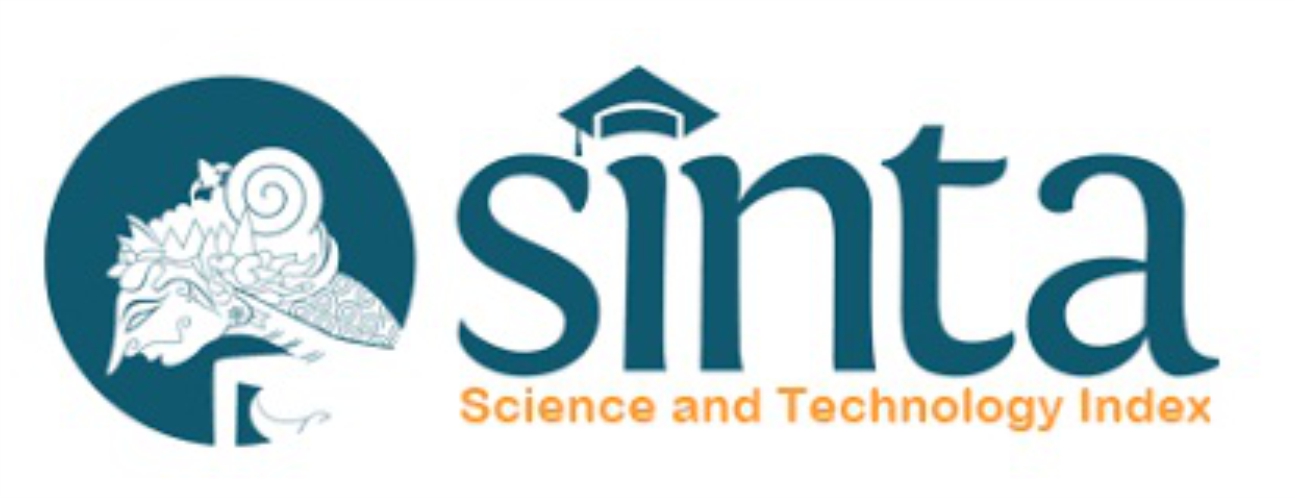Pengetahuan dan Perilaku Pencegahan Infeksi Luka Jahitan Persalinan Grade 2 dengan Antibiotik - Laporan Kasus Ibu dengan Kehamilan Berisiko Tinggi
Abstract
Fetal breeching presentation is position of fetus with his bottom-first in the maternal’s uterus. It will increase risk of perinatal or neonatal mortality and morbidity, if breech presentation persisted at term. During labor, a woman could experienced perineal tears wound due to the impact of contraction pressure on intact perineum – especially for primiparous woman and heavier birth weight – as well as to episiotomy. The degree of perineal tears wound are classified as the first and second grade which are being considered as at low risk of infection and there is no indication of prophylactic antiobiotics; while the third and fourth degree perineal trauma are compulsory to be given antibiotics due to the higher risk of infection. This is cases of two multiparous women whose maternal status during antenatal care presented at Puskesmas – a pirmary healthcare facility in Indonesia – one patient with breech position at weeks 29- 34 and the other one was on chonic energy deficiency who were constantly in low blood pressure (BP) of 100/60 mmHg, MAP 73,3 mmHg, and poor nutritional state. The patients came from low social-economic and education. Healthcare team at Puskesmas provided childbirth education including perineal tears wound care, and pharmacist served medication literacy assistance due to lack of knowledge about their medication administration. This pharmacist’s assistance was delivered on hybrid system due to Covid-19 pandemic. The patient managed to deliver the baby on vaginal birth with second degree perineal tears and started on antibiotics, analgesics, vitamin A, and iron tablets. One of the patient presented with fever, BP of 90/60 mmHg, and wound infection on day-3 postpartum; thus received another cure of antibotics and analgesic. The patients’ knowledge were improved, drug compliance were 100%, perineal tears wound care had been done properly, so that the wound completely dried and healed on day-42 postpartum.
Keywords: antibiotics, high risk, perineal wound, knowledge, behaviour.Full Text:
PDF (Bahasa Indonesia)References
Bonet M, Ota E, Chibueze CE and Oladapo OT. 2017 Antibiotic prophylaxis for episiotomy repair following vaginal birth. Cochrane Database of Systematic Reviews 11 CD012136. DOI: 10.1002/14651858.CD012136.pub2
Smith LA, Price N, Simonite E, and Burns EE. Incidence of and risk factors for perineal trauma: a prospective observational study BMC Pregnancy and Childbirth, 13:59. DOI: 10.1186/1471-2393-13-59
Impey LWM, Murphy DJ, Griffiths M, and Penna LK on behalf of the Royal College of Obstetricians and Gynaecologists. 2017. Management of Breech Presentation. BJOG 124: e151–e177.
Goh R, Goh D, Ellepola H. 2018 Perineal tears – A review. Australian Journal of General Practice 47, Issue 1–2, DOI: 10.31128/AFP-09-17-4333
World Health Organization. 2018. WHO recommendations for prevention and treatment of maternal peripartum infections.
Royal College of of Obstetricians and Gynaecologists. 2015. The Management of Third- and Fourth-Degree Perineal Tears. Green-top Guideline No. 29. June 2015
van Wattum JJ, Leferink TM, Wilffert B, ter Horst PGJ. 2019. Antibiotics and lactation: An overview of relative infant doses and a systematic assessment of clinical studies. Basic Clin Pharmacol Toxicol. 124:5–17. DOI:10.1111/ bcpt.13098
Garfield M et al.. 2011. Suitability of measures of self-reported medication adherence for routine clinical use: A systematic review. BMC Medical Research Methodology 11:149.
van Onzenoort HAW, Verberk WJ, Kessels AGH, Kroon AA, Neef C, van der Kuy PHM, and de Leeuw PW. 2010. Assessing Medication Adherence Simultaneously by Electronic Monitoring and Pill Count in Patients With Mild-to-Moderate Hypertension, American Journal of Hypertension 23;2: 149–154. DOI: 10.1038/ajh.2009.207
Lateef F. 2010. Simulation-based learning: Just like the real thing. J Emerg Trauma Shock. 3(4): 348–352. DOI: 10.4103/0974-2700.70743
Rosen MA, Granados DD, Dietz AS, Benishek LE, Thompson D, Pronovost PJ, and Weaver SJ. 2018. Teamwork in Healthcare: Key Discoveries Enabling Safer, High-Quality Care. Am Psychol. 73(4): 433–450. DOI: 10.1037/amp0000298
Sakeena MHF, Bennet AA, McLachlan AJ. 2018. Enhancing pharmacists’ role in developing countries to overcome the challenge of antimicrobial resistance: a narrative review. Antimicrobial Resistance and Infection Control 7:63. DOI:10.1186/s13756-018-0351-z
Schantz C. 2018. Methods of preventing perineal injury and dysfunction during pregnancy: CNGOF Perineal prevention and protection in obstetrics. Abstract. DOI: 10.1016/j.gofs.2018.10.027
Waszyk-Nowaczyk M,1 Guzenda W, Kamasa K, Pawlak k, Bałtruszewicz N,2 Kartyszuk K, Merks AP. Cooperation Between Pharmacists and Physicians – Whether It Was Before and is It Still Ongoing During the Pandemic? Journal of Multidiciplinarry Health 14; 2101—2110. DOI: 10.2147/JMDH.S318480
Li X,Qib X, Tianc S, Heb R, Jiang S, Li H. 2020. Impact of dedicated infectious disease teamwork on the treatment and prognosis of patients with diabetic foot infection. International Journal of Infectious Diseases 100:133–138. DOI:10.1016/ijid.2020.08.085
DOI: https://doi.org/10.18860/jip.v6i2.13958
Refbacks
- There are currently no refbacks.
Copyright (c) 2022 Journal of Islamic Pharmacy
© 2023 Journal of Islamic Pharmacy













